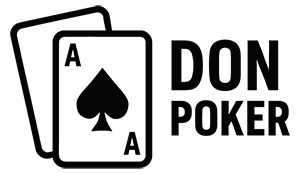Poker strategy sounds intimidating, but most of it boils down to one question: “Am I making a better decision than my opponents?”
You don’t need to be a genius. You just need to be slightly less bad than the average player—and that’s a very reachable bar.
1. Tight vs. Loose, Passive vs. Aggressive
| Style | Description |
|---|---|
| Tight | Plays fewer hands, more selective |
| Loose | Plays lots of hands, more experimental |
| Passive | Calls a lot, rarely bets or raises |
| Aggressive | Bets and raises often, applies pressure |
Goal for Beginners: Tight-Aggressive (TAG) – Play good hands and bet/raise with them.
2. Play Strong Hands from Strong Positions
Play tighter in early position. Open up in late position. Don’t try to play like a pro from the blinds with 8♣ 3♦.
3. Don’t Be Afraid to Fold
If you’re unsure… fold. You’re not folding because you’re weak—you’re folding because you’re smart.
4. Don’t Bluff Just to Bluff
Hollywood lied. Bluffing is not the point of poker. Use it selectively, when the story makes sense and your opponent can fold.
5. Use Pot Odds (Without a Ph.D.)
If you’re drawing to a hand, make sure the cost to stay in is worth the potential reward. Don’t call big bets with tiny chances.
6. Pay Attention to the Board
It’s not just what you have. Watch for flushes, straights, and pairs on the board. Read the texture, not just your cards.
7. Be Unpredictable
Mix it up. Don’t always bet with strong hands or always check when weak. Balance is key.
Beginner Strategy Recap
- Play fewer hands, but play them strongly
- Fold more than you think you should
- Position is power
- Don’t bluff just because you’re bored
- Observe others and learn from them
You’ve got the strategic mindset now. Next up: understanding the environments you’ll play in—online vs. live poker.
Next Up: Online vs. Live Poker
